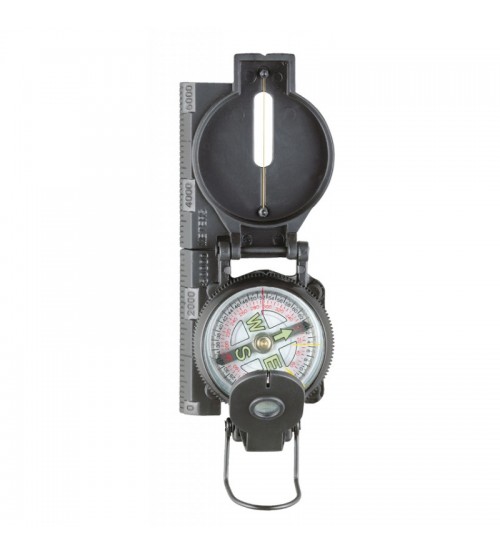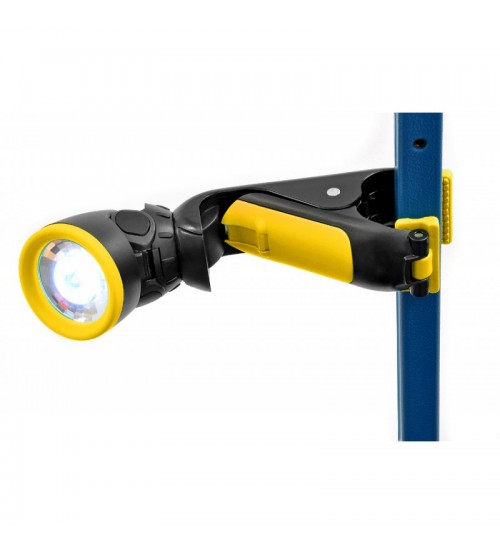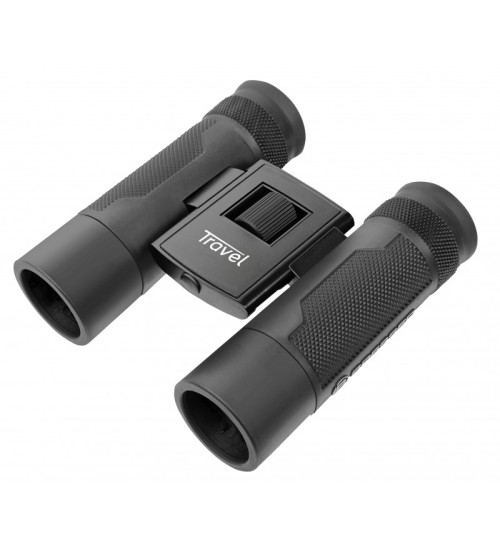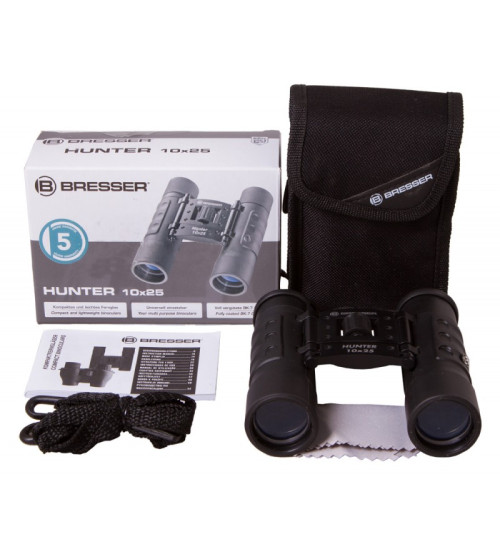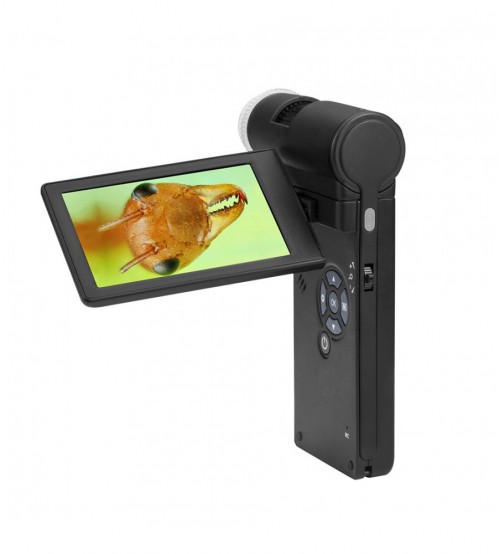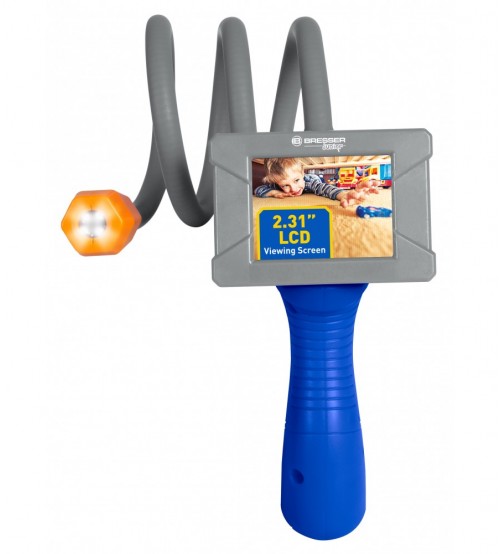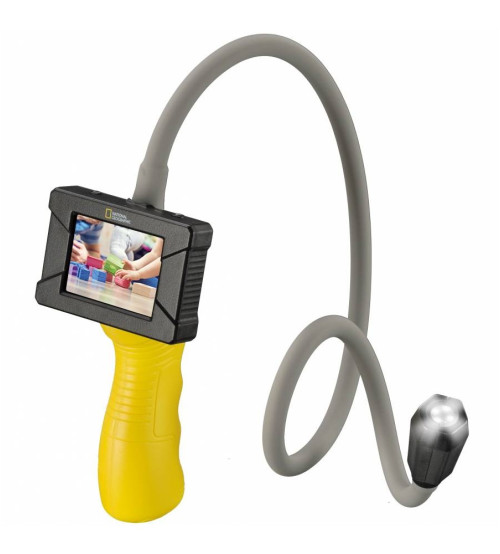Mikroskops bērniem ar eksperimentālo komplektu Levenhuk Labzz M3 Plus 300x-1200x 69741
- MŪŽA GARANTIJA
- Svars: 2.22kg
- Izmēri: 10x59.5x38.5cm
Levenhuk LabZZ M3 mikroskops- patiess atradums zinātkāram bērnam. Tam ir viss par ko jauns zinātnieks sapņo, un tas nāk kopā ar 100 lietderīgiem piederumiem! Sagatavoti mikroskopu slaidi, tukši slaidi un stikliņi, darbarīki paraugu sagatavošanai, materiāli eksperimentiem- jaunie biologi vai ķīmiķi varēs nodemonstrēt visus savus zinātniskos talantus.
Viena no visaizraujošākajām Levenhuk LabZZ M3 mikroskopa iezīmēm ir tā okulāra projektors. To izmantojot jūs varat rādīt attēlus saviem draugiem un ģimenei. Vienkārši novietojiet mikroskopu tumšā istabā un pavērsiet projektoru uz sienu vai tukšu papīra lapu.
Vēl viena Levenhuk LabZZ M3 modeļa priekšrocība ir tā bagātīgais eksperimentu komplekts un daudzi lietderīgie piederumi priekš novērojumiem un paraugu sagatavošanas. Tie ļauj bērniem pārvērst viņu guļamistabas īstās zinātniskajās laboratorijās!
Mikroskopam ir vairāki noteikti palielinājumi diapazonā 300x-1200x.Tos var viegli mainīt nepārtraucot novērojumus- jums tikai jāpagriež mikroskopa revolvergalviņu. Gaismas ķermenis atrodas zem priekšmetgaldiņa- tas nozīmē, ka jūs varat vērot jebkādus caurspīdīgus mikroskopa paraugus. Apgaismojums darbojas ar bateriju palīdzību (nav iekļautas). Ja ārējais apgaismojums ir pietiekošs, jūs varat izmantot iebūvēto spoguli, lai izgaismotu paraugu.
Metāla korpuss var būtiski pagarināt instrumenta kalpošanas ilgumu. Komplektā ir arī ērts un izturīgs futlāris drošai glabāšanai.
Īpašības:
- Mikroskops priekš bērniem
- Okulāra aizsargs
- Palielinājums līdz 1200x
- Komplektā ir 100 piederumi priekš zinātniskiem eksperimentiem
- Izturīgs metāla korpuss
- Plastmasas futlāris glabāšanai
Komplektā ietilpst:
- Mikroskops
- Okulāra aizsargs
- Okulārs
- Sagatavoti slaidi (5 gb.)
- Tukši slaidi (18 gb.)
- Kabatiņas (36 gb.)
- Slaidu uzlīmes (18 gb.)
- Kolbas ar krāsvielu (2 gb.)
- Tukšas kolbas (4 gb.)
- Lupa
- Skalpelis
- Lāpstiņa
- Pincete
- Maisot stienis
- Mēģene ar aizbāzni
- Petri trauks
- Pipete
- Vārglāzes
- Rezerves spuldze
Levenhuk LabZZ M3 mikroskops nav savienojams ar Levenhuk C NG digitālajām kamerām, jo tam ir nestandarta okulāra tubusa diametrs.
Paramecium caudatum - your first friend from the microworld
11/21/2016
Paramecium caudatum is perhaps one of the first protozoans that a young naturalist would explore. These organisms live in fresh standing water. They can also be found in an aquarium, especially if it hasn’t been cleaned for a long time. My ciliate-shoes were taken from the aquarium. Of course, there are only a few ciliate-shoes in aquarium water – the possibility of finding one of them in your microscope’s eyepiece is extremely low. Therefore, we need to increase their concentration. To do so, take a jar (about 17 fluid ounces or 0.5 liters), fill it with aquarium water, put a small spoiled onion and banana peel inside. Put the jar in a warm dark place for 5 to 7 days (don’t close it with a lid).


Paramecium caudatum. Animation. Magnification: 64x.
The average size of Paramecium caudatum is 0.02 inches (0.5 mm). For locomotion Paramecium caudatum uses its cilia (about 15 thousand cilia cover its little body!). Moreover, it has two nuclei (a large macronucleus is responsible for nutrition, respiration, metabolism, etc.; and a small micronucleus – for reproduction). Paramecium caudatum feeds on bacteria or algae. The food is caught by an oral groove covered in cilia and then goes to the cell mouth. It is then digested in the digestive vacuole (gullet). Undigested leftovers are ‘thrown out in the open’ through an anal pore (cytoproct). To remove all excess water, our heroine has two contractile vacuoles. They work like pumps on a boat, pumping excess water out of its body. Paramecium caudatum maintains its slipper-like shape thanks to a special membrane (pellicle).

Study this image to learn all parts of Paramecium.
Atribūti Apgaismojums kvēlspuldze, spogulis Barošanas avots 2 AA baterijas (nav iekļauts) Fokuss rupjais Galva monokulārs Garantija 999 months Iepakojuma izmēri (GxPxA): 10.0 x 59.5 x 38.5 cm Korpusa materiāls metāls Objektīvi 30х, 60х, 120х Objektīvu revolveris 3 objektīvi Okulāri 10х Optikas materiāls optiskais stikls Palielinājums 300–1200 x Ražotāja valsts PRC, controlled by Levenhuk, Inc. (USA) Svars 2.22 kg
11/21/2016
Paramecium caudatum is perhaps one of the first protozoans that a young naturalist would explore. These organisms live in fresh standing water. They can also be found in an aquarium, especially if it hasn’t been cleaned for a long time. My ciliate-shoes were taken from the aquarium. Of course, there are only a few ciliate-shoes in aquarium water – the possibility of finding one of them in your microscope’s eyepiece is extremely low. Therefore, we need to increase their concentration. To do so, take a jar (about 17 fluid ounces or 0.5 liters), fill it with aquarium water, put a small spoiled onion and banana peel inside. Put the jar in a warm dark place for 5 to 7 days (don’t close it with a lid).


Paramecium caudatum. Animation. Magnification: 64x.
The average size of Paramecium caudatum is 0.02 inches (0.5 mm). For locomotion Paramecium caudatum uses its cilia (about 15 thousand cilia cover its little body!). Moreover, it has two nuclei (a large macronucleus is responsible for nutrition, respiration, metabolism, etc.; and a small micronucleus – for reproduction). Paramecium caudatum feeds on bacteria or algae. The food is caught by an oral groove covered in cilia and then goes to the cell mouth. It is then digested in the digestive vacuole (gullet). Undigested leftovers are ‘thrown out in the open’ through an anal pore (cytoproct). To remove all excess water, our heroine has two contractile vacuoles. They work like pumps on a boat, pumping excess water out of its body. Paramecium caudatum maintains its slipper-like shape thanks to a special membrane (pellicle).

Study this image to learn all parts of Paramecium.
| Atribūti | |
| Apgaismojums | kvēlspuldze, spogulis |
| Barošanas avots | 2 AA baterijas (nav iekļauts) |
| Fokuss | rupjais |
| Galva | monokulārs |
| Garantija | 999 months |
| Iepakojuma izmēri (GxPxA): | 10.0 x 59.5 x 38.5 cm |
| Korpusa materiāls | metāls |
| Objektīvi | 30х, 60х, 120х |
| Objektīvu revolveris | 3 objektīvi |
| Okulāri | 10х |
| Optikas materiāls | optiskais stikls |
| Palielinājums | 300–1200 x |
| Ražotāja valsts | PRC, controlled by Levenhuk, Inc. (USA) |
| Svars | 2.22 kg |
Mikroskops Bērniem ar Eksperimentālo Komplektu K50 Levenhuk LabZZ M101 Laima Krāsā 40x-640x 69059
Mikroskops Bērniem ar Eksperimentālo Komplektu K50 Levenhuk LabZZ M101 Oranžā Krāsā 40x-640x 69731
Mikroskops Bērniem ar Eksperimentālo Komplektu K50 Levenhuk LabZZ M101 Violēta Krāsā 40x-640x 69058
Mikroskops Bērniem ar Eksperimentālo Komplektu K50 Levenhuk LabZZ M101Pelēkā krāsā 40x-640x 69057
Teleskops iesācējiem, kompakts, uz paaugstinājuma uzstādāms Levenhuk LabZZ 76mm Dobson 70787
Mikroskops kompakts digitālais mobilais kabatas ar displeju Levenhuk DTX 500 LCD 20x-500x 61023
Mikroskops ar eksperimentālo komplektu K50 Levenhuk Rainbow 50L PLUS Violētā krāsā 64x - 1280x 69077
Atslēgvārdi: Mikroskops bērniem ar eksperimentālo komplektu Levenhuk Labzz M3 Plus 300x-1200x 69741

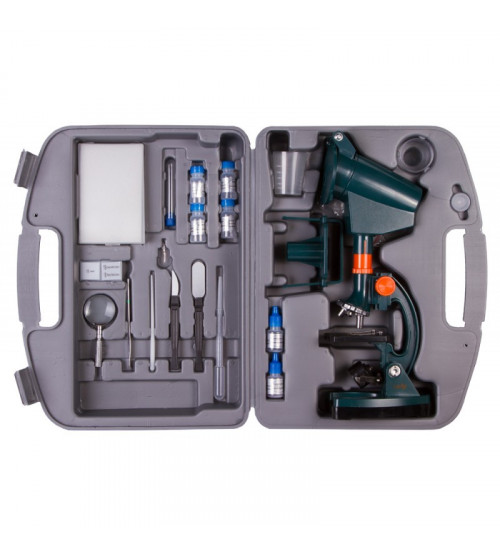






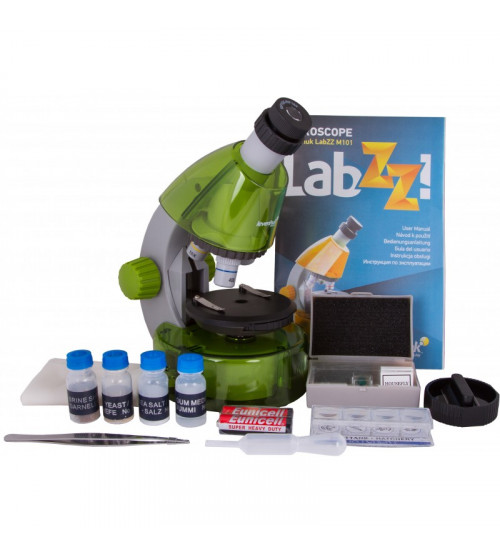
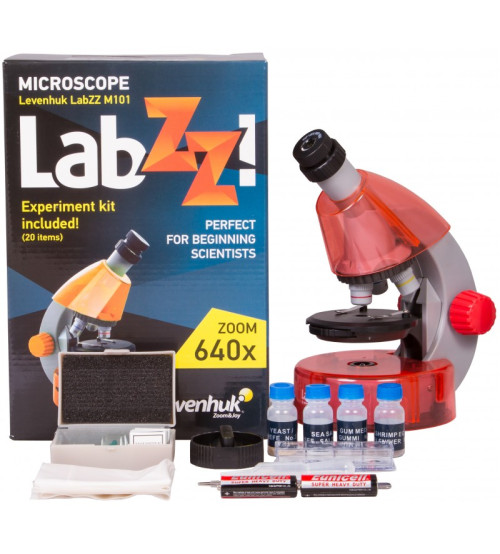
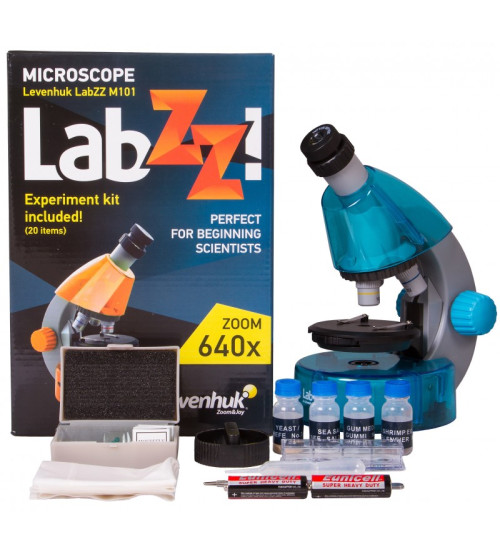
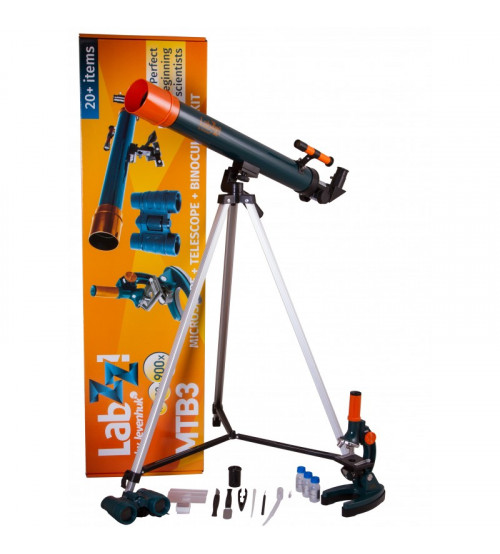
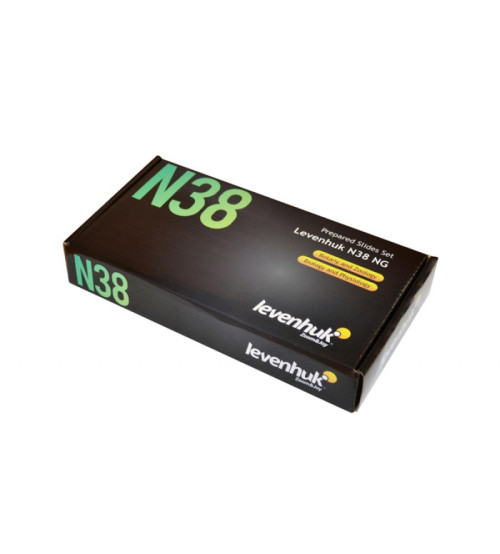

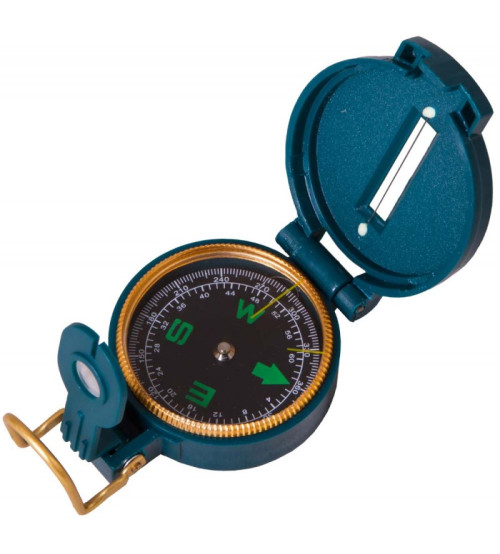
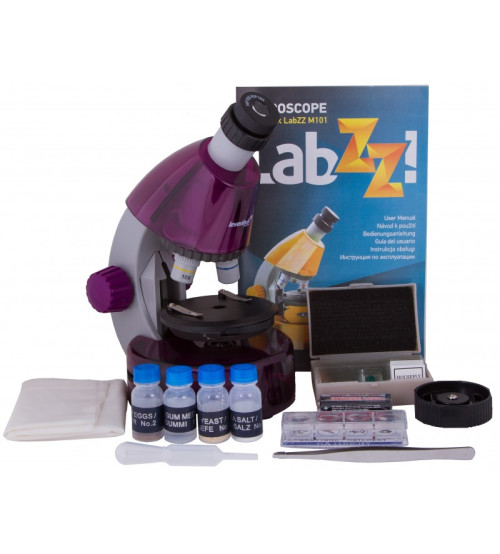
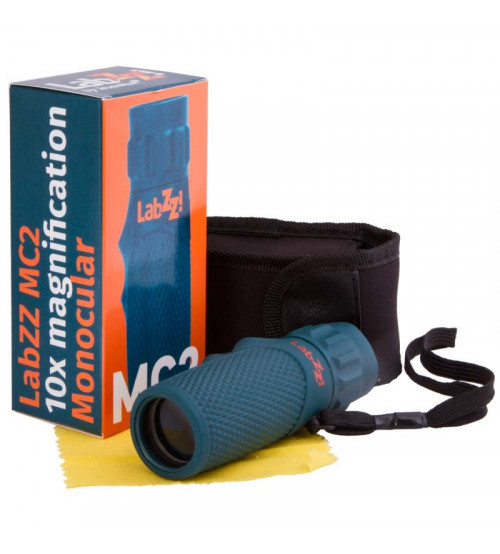
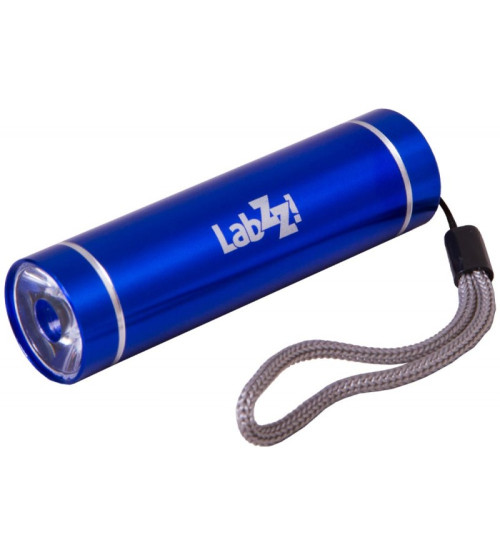
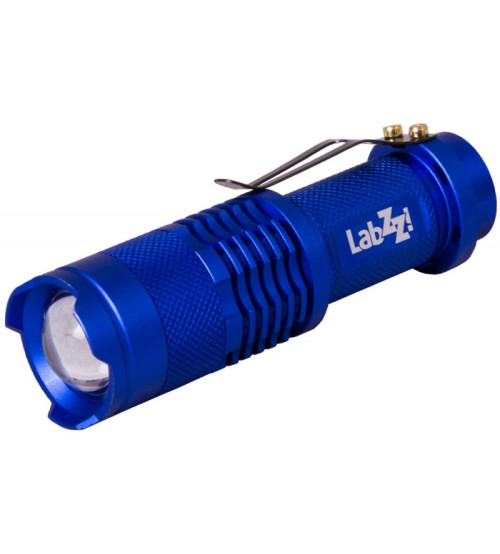
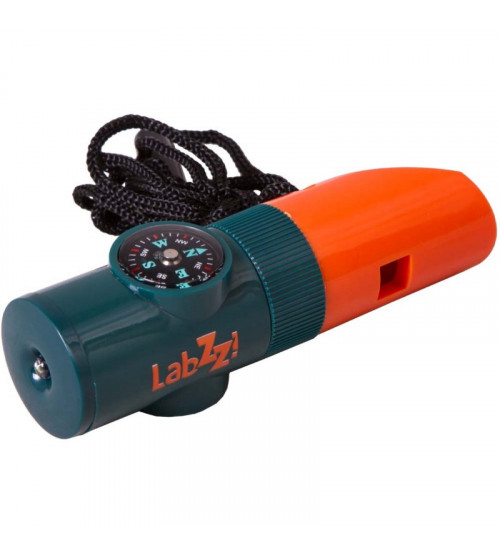
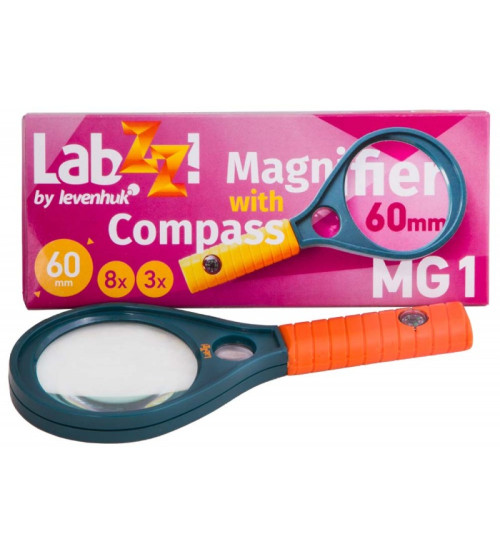
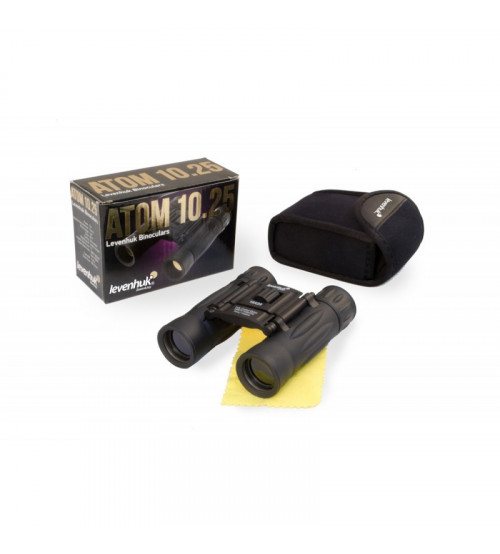
-500x554.jpg)

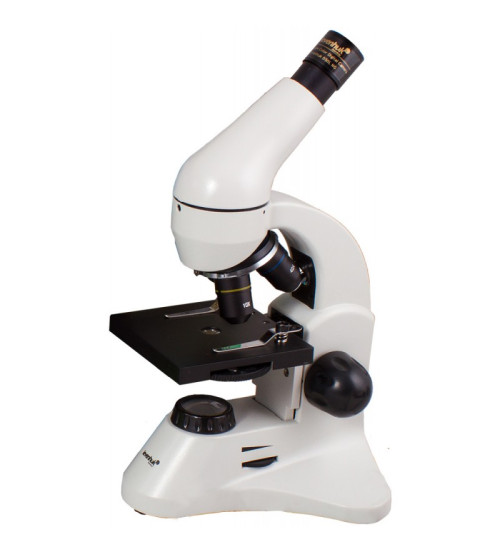
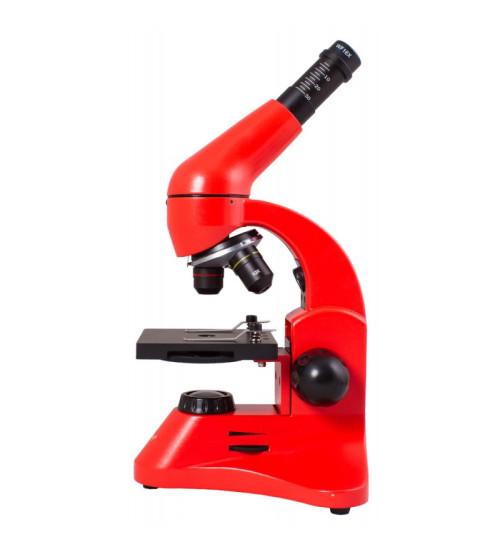
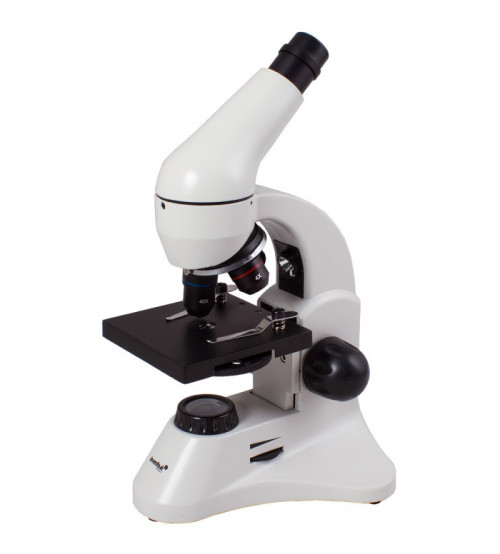
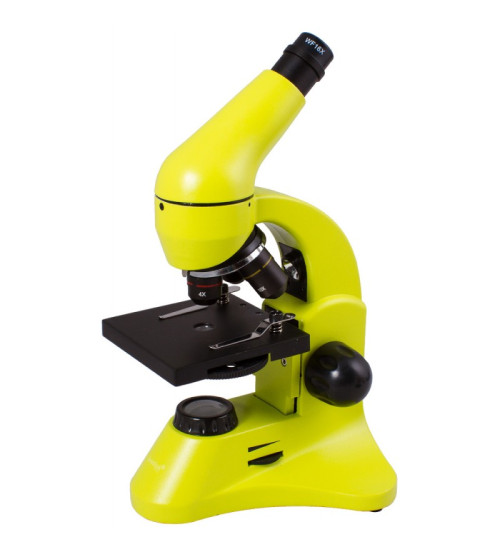
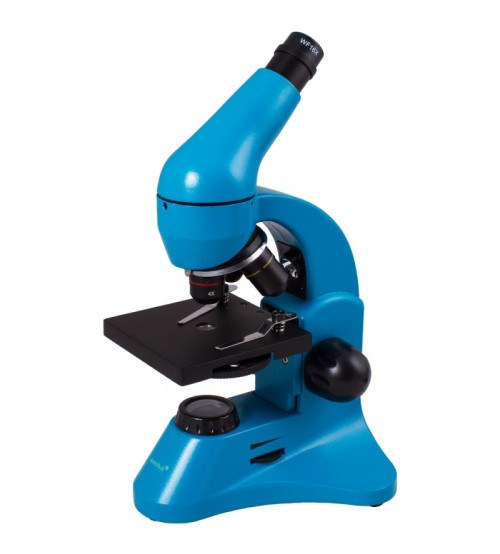
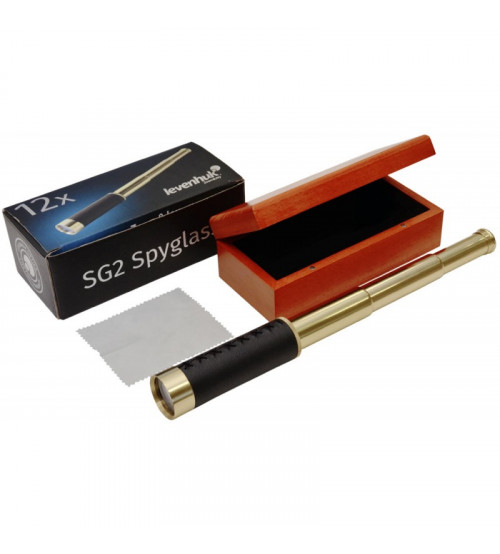
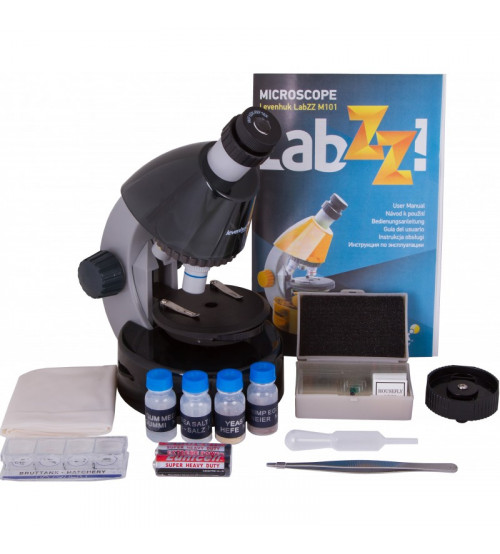

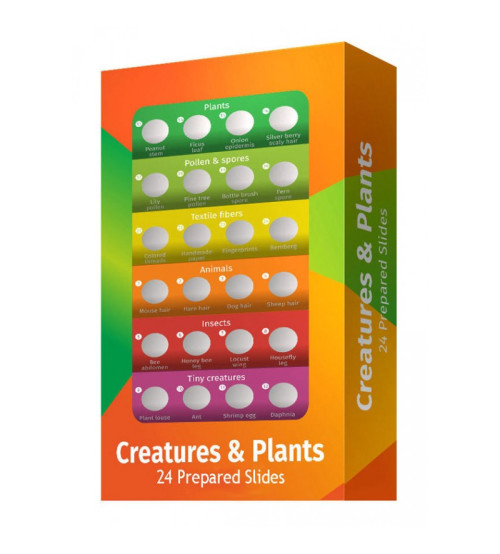
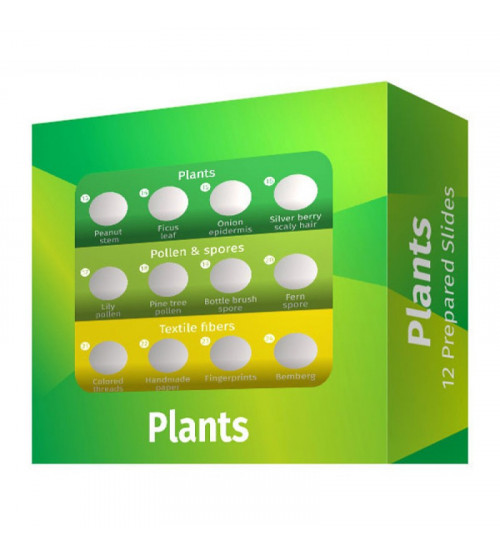
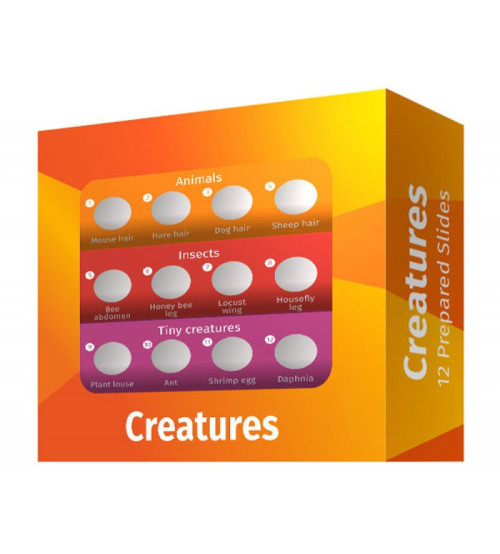
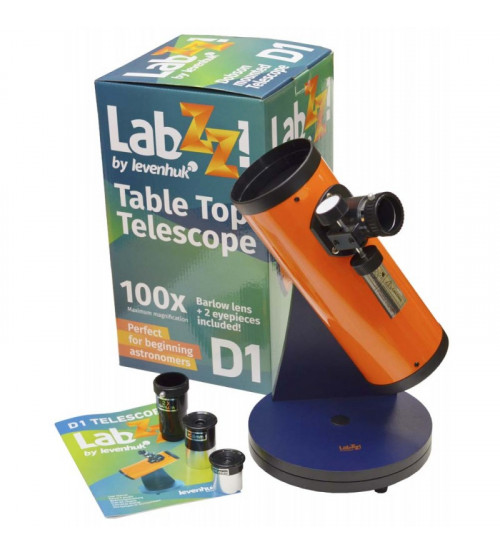
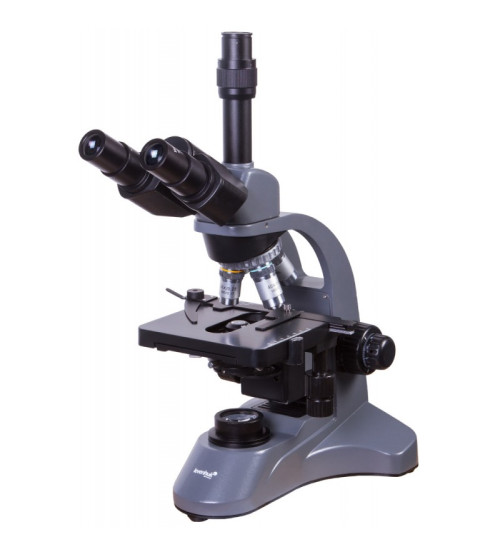
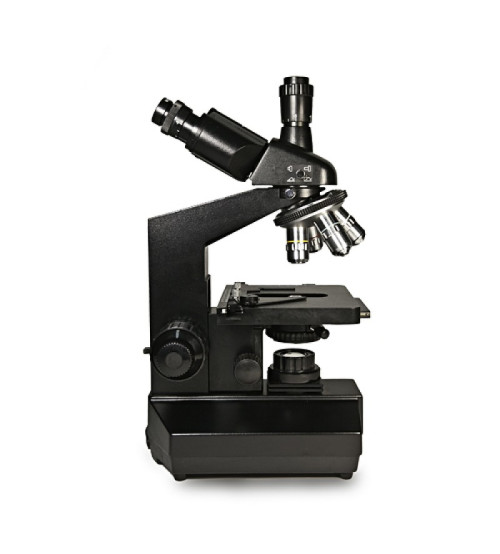

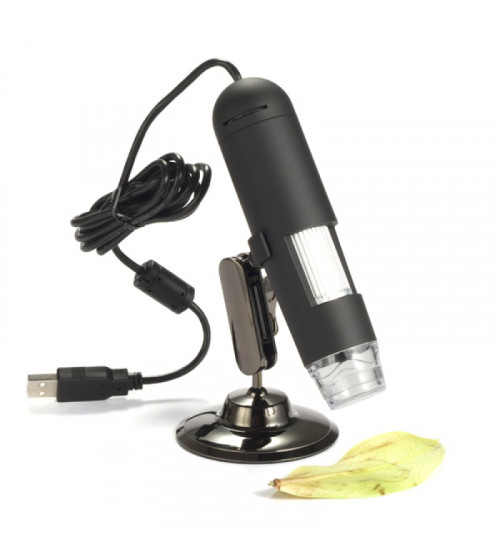
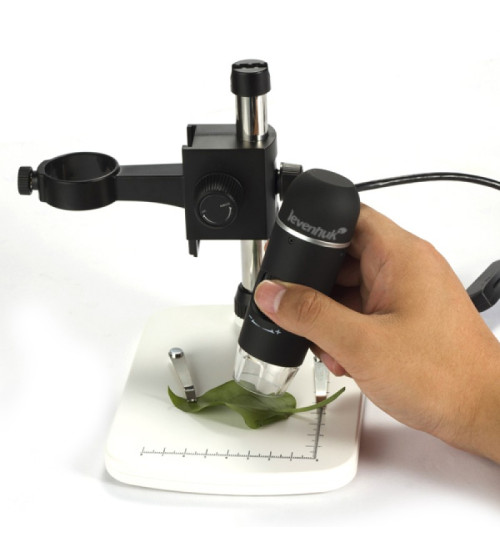
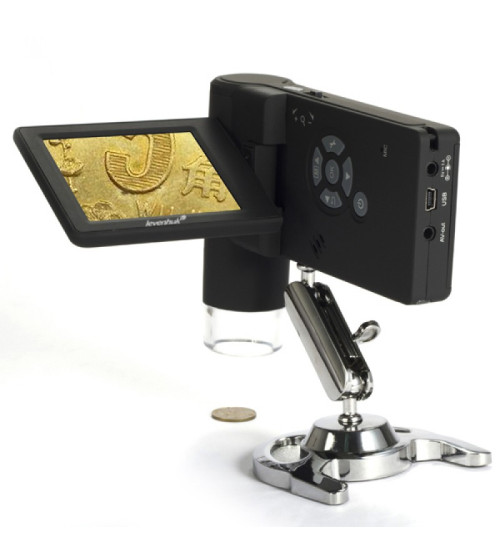
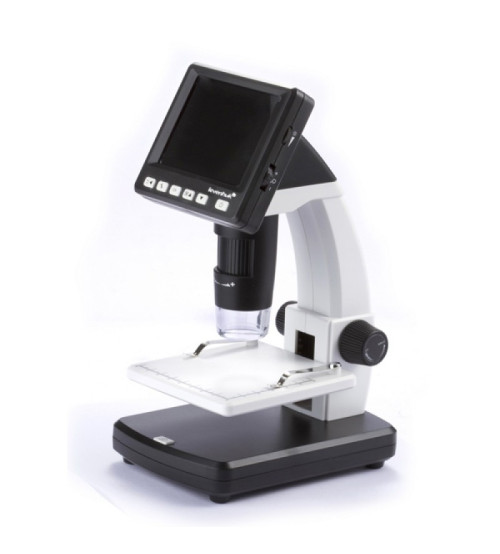
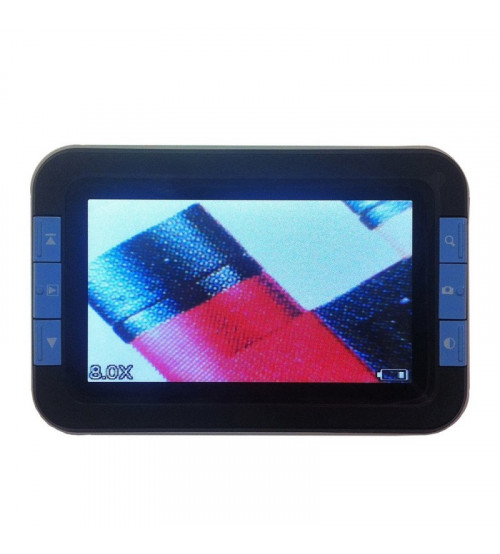
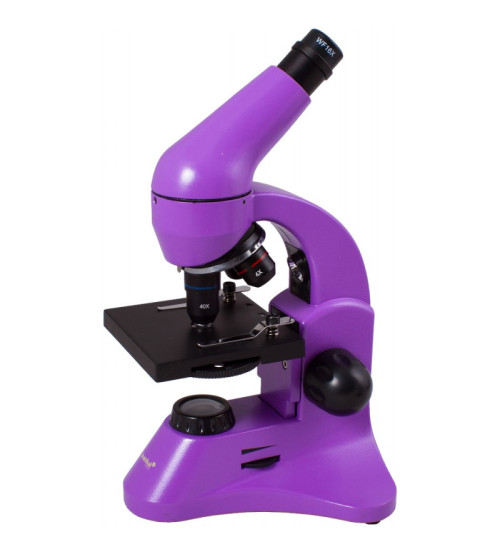

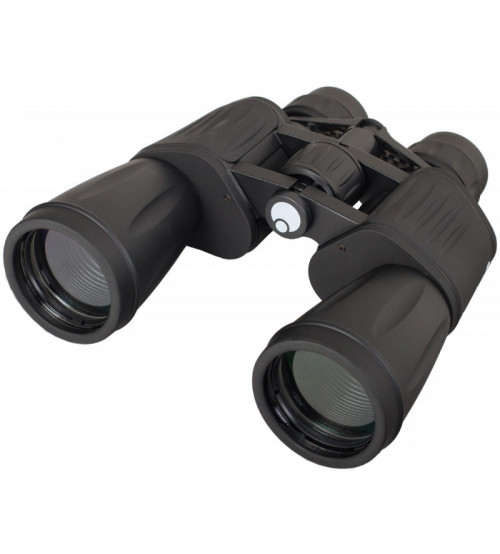
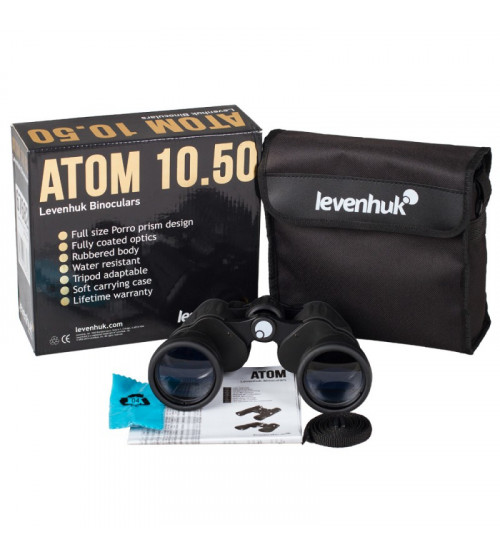
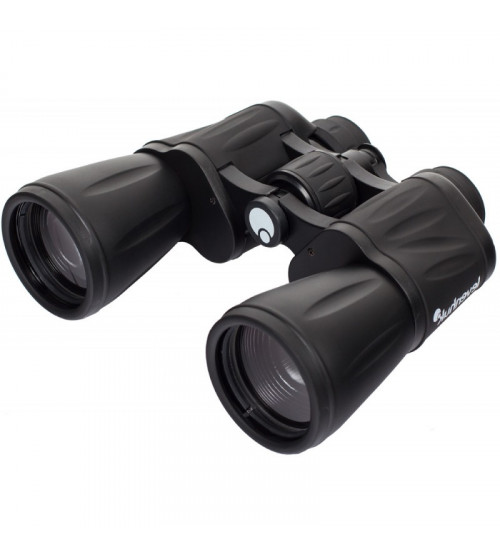
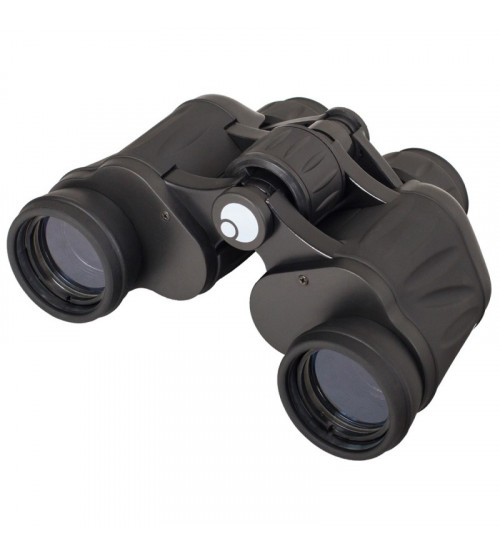
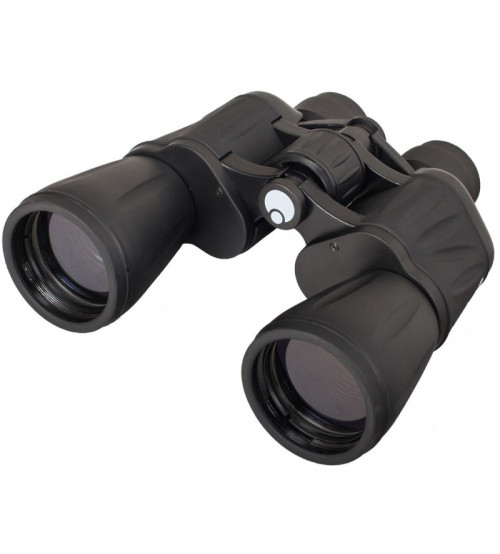
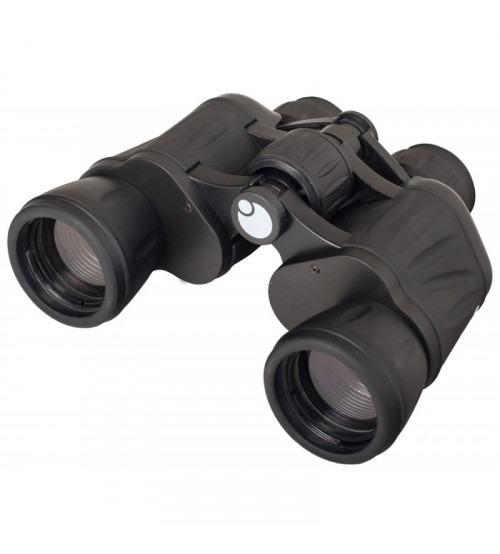
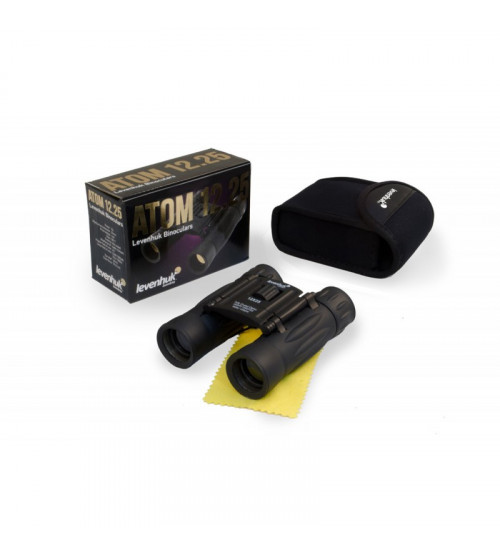
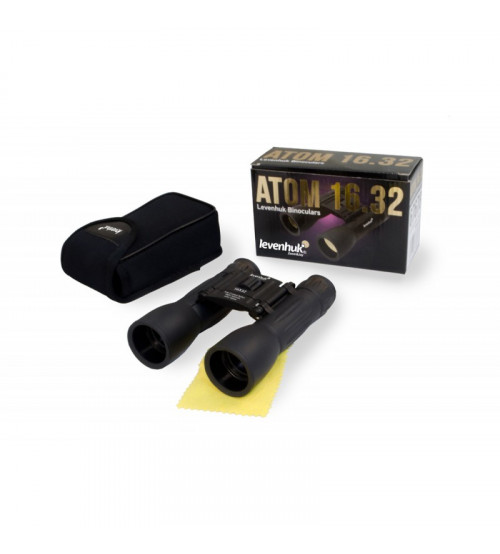
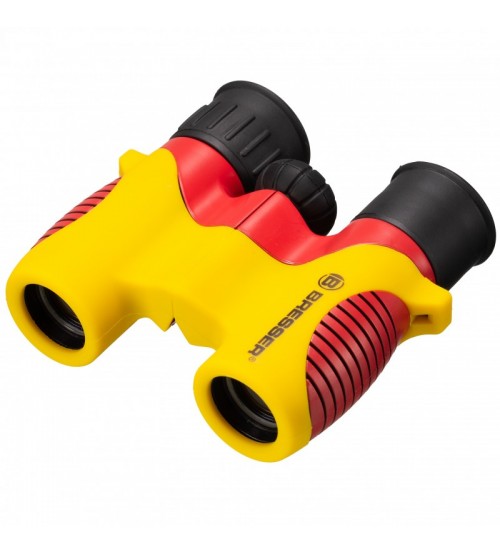
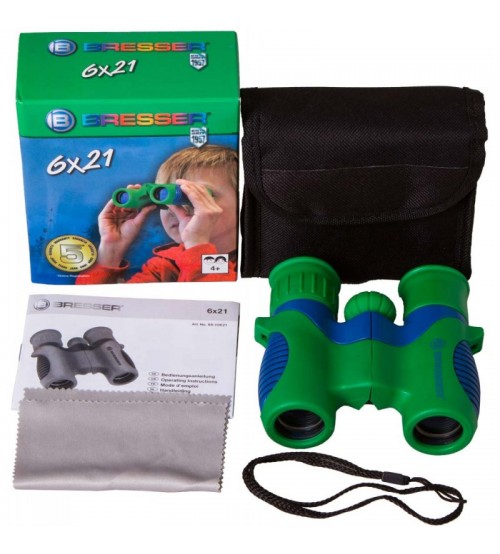
-500x554.jpg)
